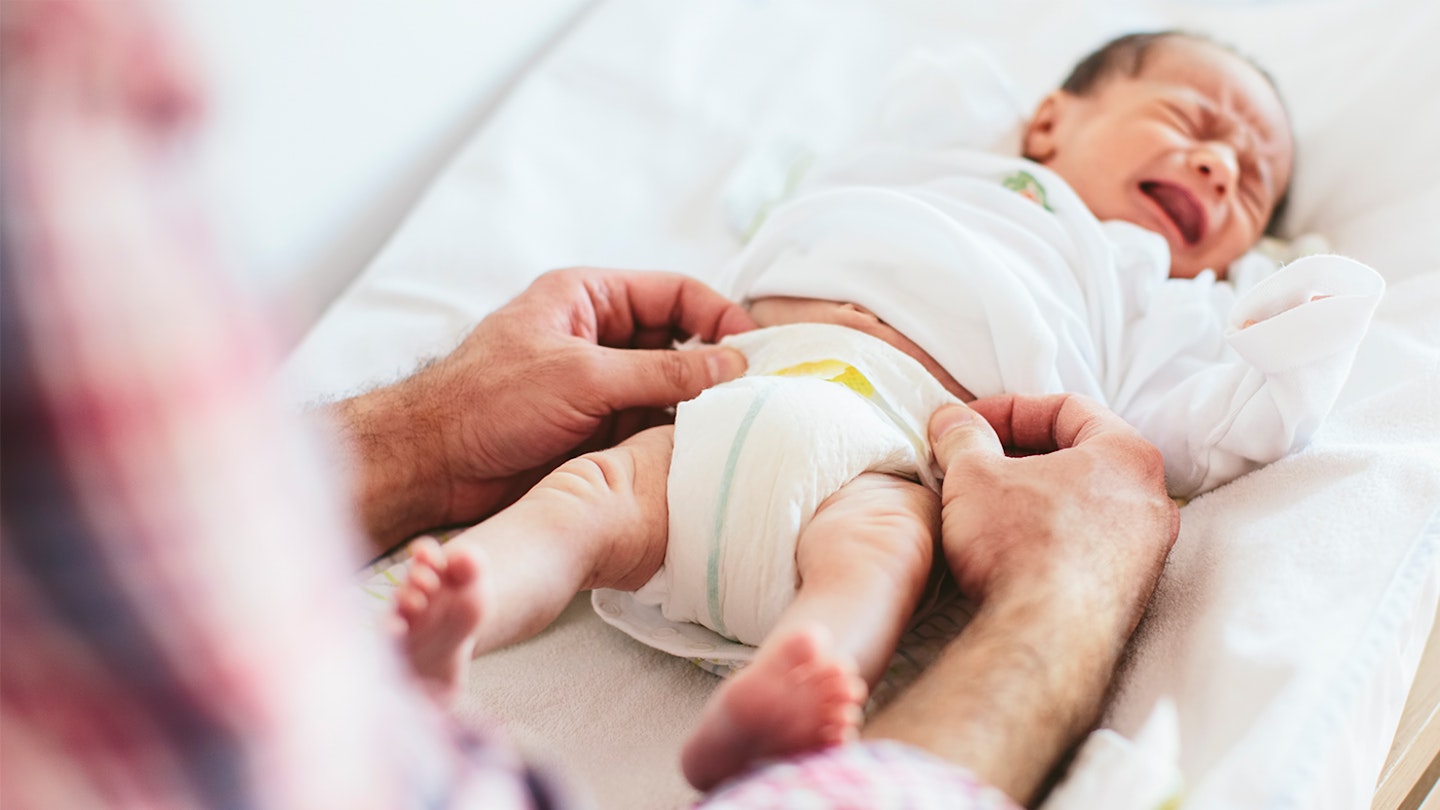We all arch our backs from time to time, usually when we're doing a good stretch. But when your baby starts arching their back, it's understandable that you might wonder if there's anything behind it.
While this is pretty common in little ones and is usually this is nothing to worry about, sometimes there can be a bit more to it.
Why do babies arch their backs?
Back arching is very common in young children. Babies arch their back usually when they are upset or restless. Think of it as a way to communicate their needs.
Some babies also arch their back when they are asleep, when they are hungry or even while feeding. Toddlers will do it when they start crawling and climbing and are generally developing their motor skills.
So all pretty normal right? It's when the back arching is accompanied by other symptoms and signs that you might want to consider what else could be going on.
Common reasons for baby arching back
Tiredness
We all know that babies need their sleep and when they're in a need of a nap, it's common for them to cry, writhe and yep, you guessed it, arch their back. This can also be a sign of overstimulation so ensure as well as discovering lots of new things, your baby is having plenty of relax time too.
Colic tends to occur in the first three months of your baby’s life and although it's still not exactly clear what it is, it's defined as repeated episodes of excessive and inconsolable crying, for at least three hours a day, at least three days per week, for at least three weeks in an otherwise healthy and cared baby. There are lots of natural ways to cope with colic including feeding and holding your baby upright.
Wind, reflux and posseting
If your baby gets air trapped in their tummy, they’ll feel uncomfortable and unable to settle, leading them to wriggle and arch their backs. That's why it's important to burp your baby.
Extremely common in babies under one, reflux is when milk comes up from the stomach and into the food pipe. Milk can sometimes come all the way out of the mouth (regurgitation or ‘posseting’).
There are several things you can do to help a baby with reflux including incorporating breaks during feeding, keeping your baby upright after feeding and having smaller feeds more often.
GORD
Gastro-oesophegal reflux disease (known as GORD in the UK) is reflux that continues after a baby is a year old. Along with back arching and long crying periods, it can be accompanied by frequent vomiting and ear infections, refusal to feed and more. If you are concerned your child has GORD, you should contact your GP who can do further tests.
You know when something such as a sudden noise makes your newborn jump? This is known as the Moro or startle reflex and can also make them throw their arms up and arch their back. Generally, this will stop happening after your baby is two months old but if it's preventing them sleeping, you may wish to try swaddling your baby which mimics the feeling of security they felt when in the womb
Cow milk allergy
The discomfort of a cow's milk allergy can cause your baby to arch their back or writhe. Other signs can include a rash around the mouth, breathing difficulties and more and you should get help right away.
Teething
Yep, that's right! Your baby arching their back can also be a sign of teething. This is usually because their tender and swollen gums can cause them discomfort and they arch their back as a result. There are lots of teething remedies you may wish to try such as teething gels and teething toys.
